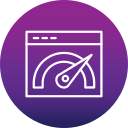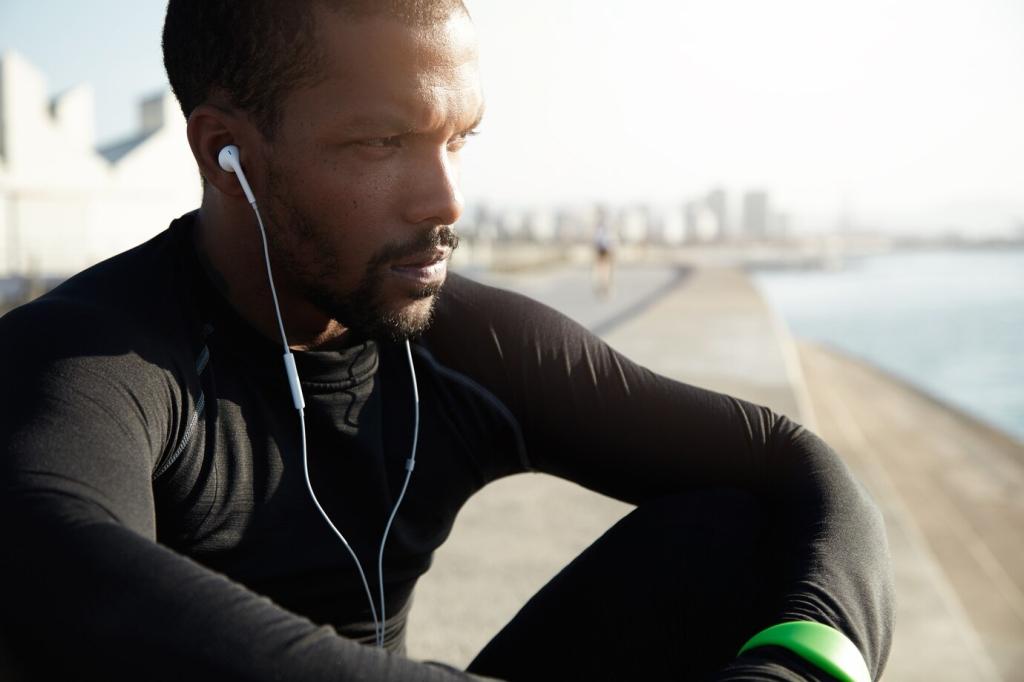Recovery, Stress, and Sleep for Faster Gains
Sit tall, inhale four through the nose, exhale eight through pursed lips. Repeat for three to five minutes. This lengthened exhale helps nudge the nervous system toward recovery, lowering tension so your cooldown and refueling actually do their jobs.
Recovery, Stress, and Sleep for Faster Gains
Use a simple one-two-three-four count: inhale one, hold one, exhale two, hold one. It’s short, portable, and minimizes dizziness. Athletes love it during call rooms or start corrals, when time crawls and thoughts race. Share your pre-start ritual tweaks.
Recovery, Stress, and Sleep for Faster Gains
After repeated mid-set panic, a collegiate swimmer practiced ten minutes of nasal easy breathing before pool sessions. Within two weeks, turns felt smooth, and late-set strokes stayed long. Her coach noticed fewer rushed breaths and steadier tempos in finals.
Recovery, Stress, and Sleep for Faster Gains
Lorem ipsum dolor sit amet, consectetur adipiscing elit. Ut elit tellus, luctus nec ullamcorper mattis, pulvinar dapibus leo.






